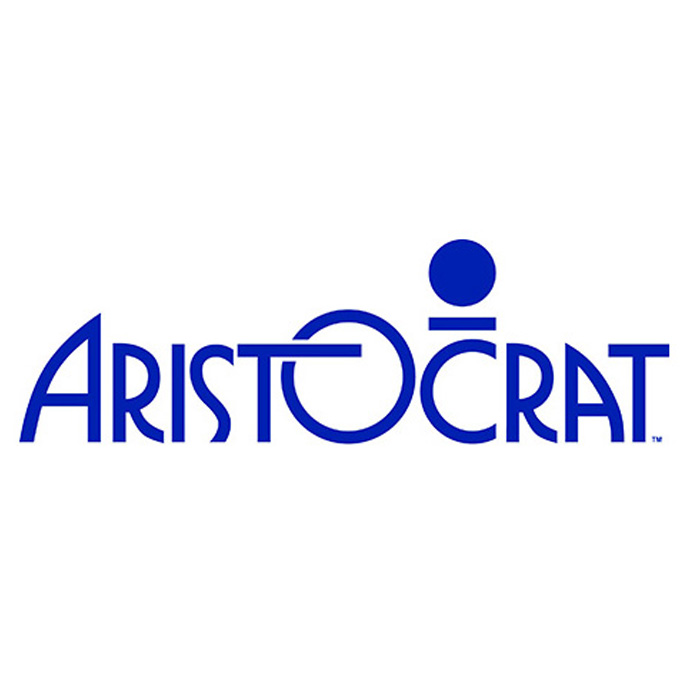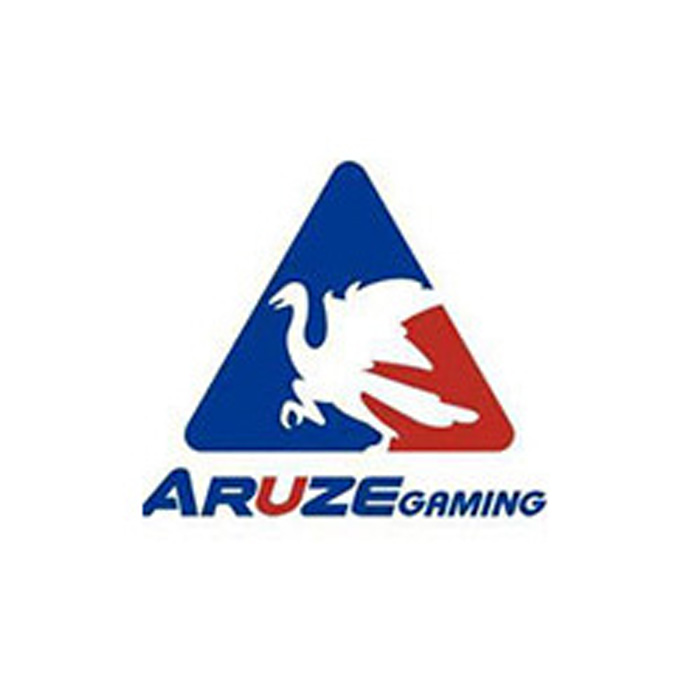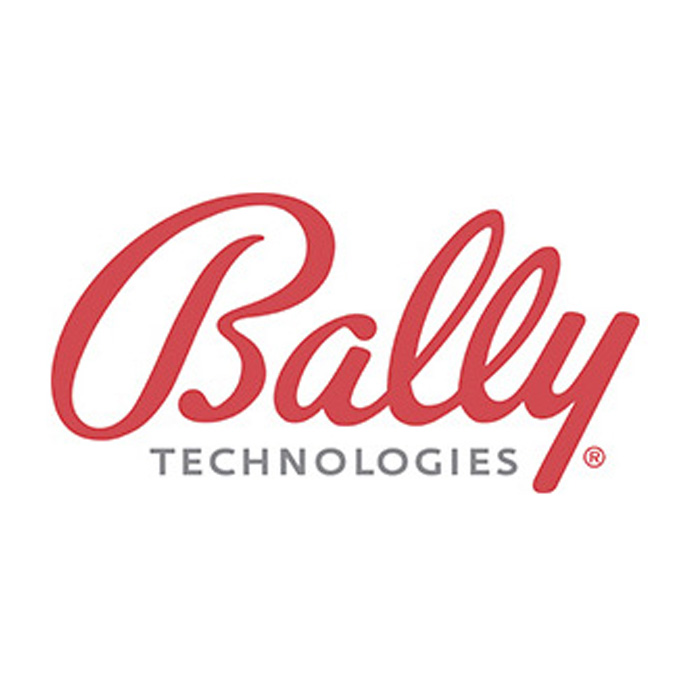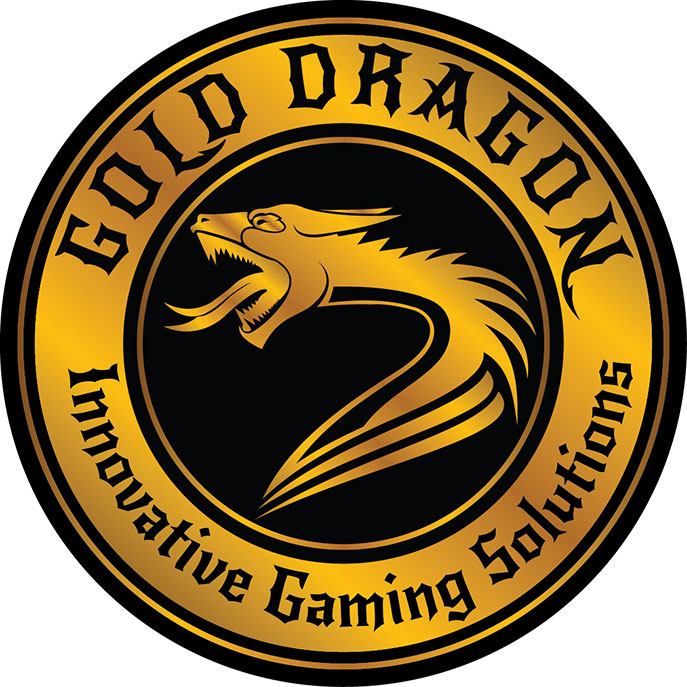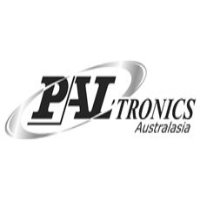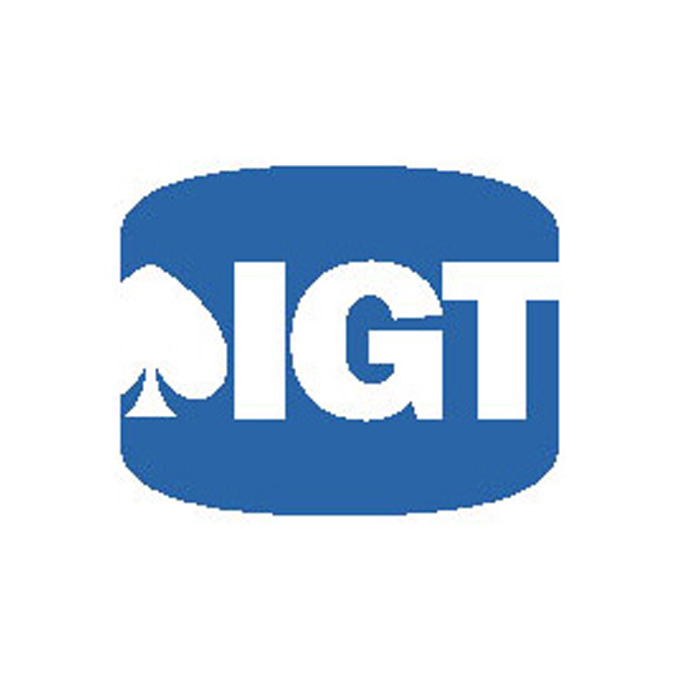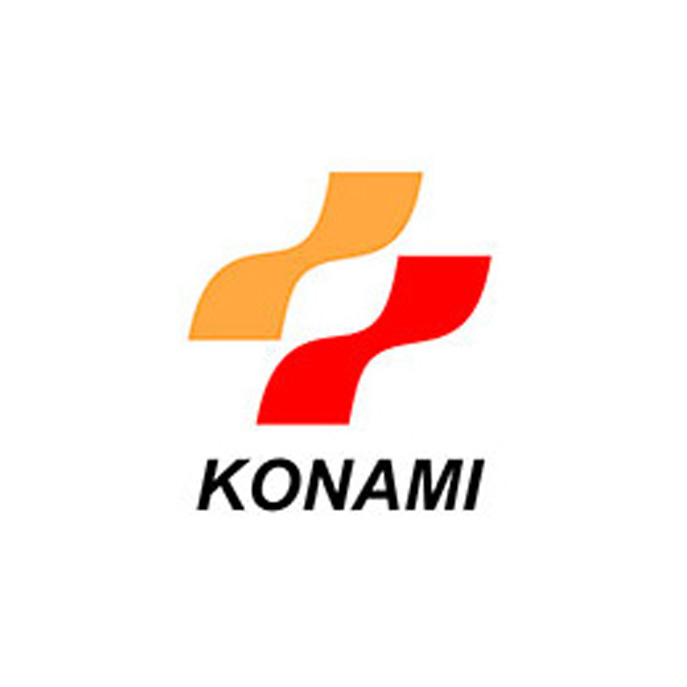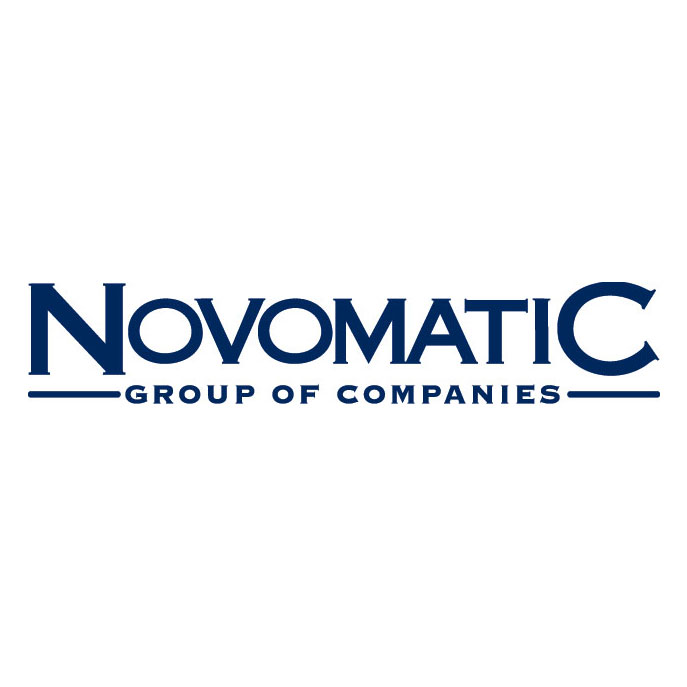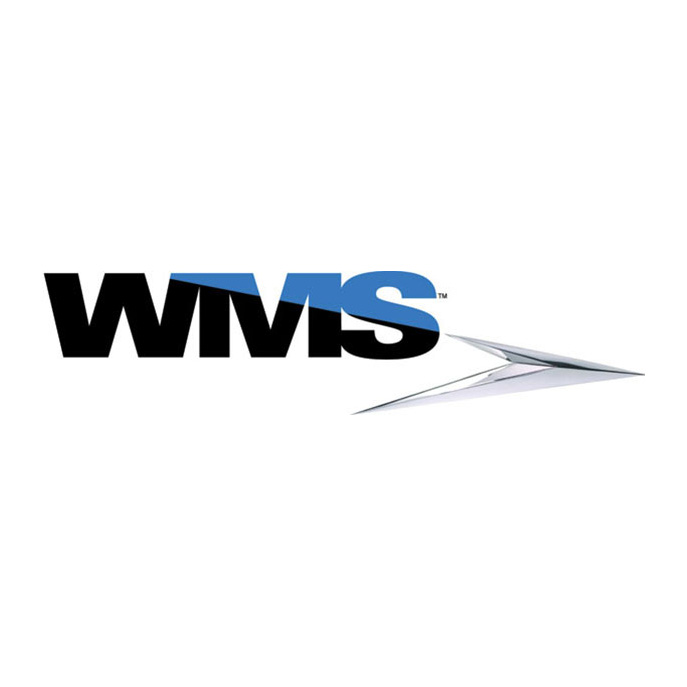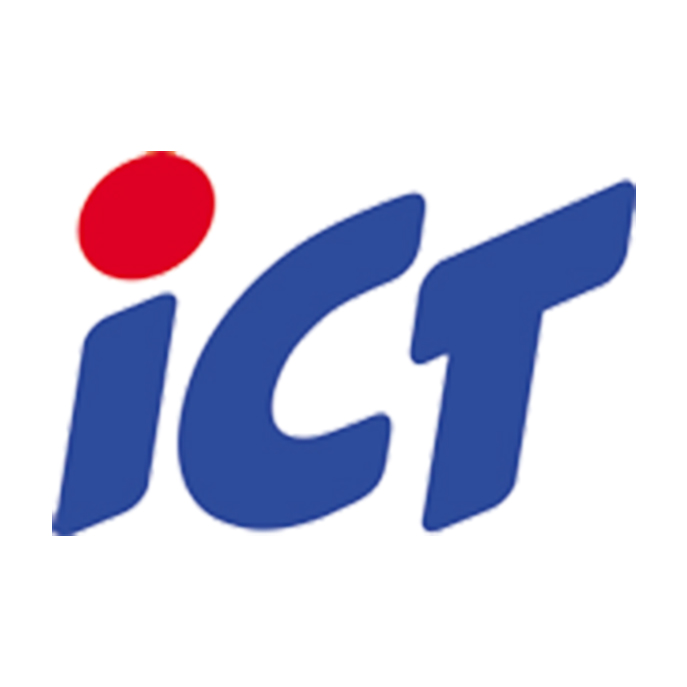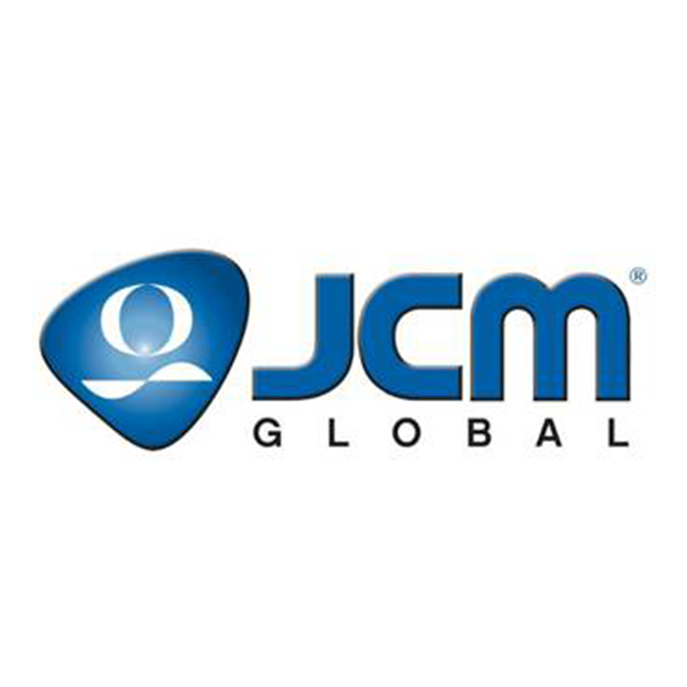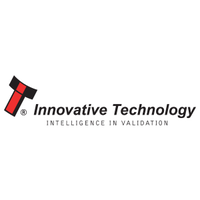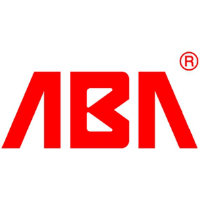KVM Extenders, Converters, and Adapters: The Invisible Backbone of Your Hardware
In a world where sleek devices, high-performance GPUs, and ultra-thin displays capture all the attention, the humble KVM (Keyboard, Video, Mouse) extender, converter, and adapter often go unnoticed. Yet, they are the quiet enablers of seamless connectivity and efficient workflows in everything from casino hardware infrastructure to industrial control rooms. This article explores the essential yet underappreciated role these components play in ensuring reliable communication between systems, maximizing performance, and enabling long-distance or format-specific connections.
What Are KVM Extenders, Converters, and Adapters?
KVM extenders allow users to control a computer system from a remote location by transmitting keyboard, video, and mouse signals over long distances. Typically, they use CAT5e/6 cables or fiber optics, supporting distances of up to several kilometers. Converters, meanwhile, adapt one video or signal format into another—such as HDMI to VGA or DisplayPort to DVI—enabling interoperability across legacy and modern systems. Adapters are more localized, providing quick fixes for port mismatches or signal incompatibilities between devices.
Though compact and inexpensive, these devices play a critical role in establishing a stable, flexible, and scalable IT environment. From powering digital signage to supporting secure server maintenance, KVM solutions form the unseen backbone of modern hardware ecosystems.
The Role of KVM in Casino and Gaming Environments
In gaming floors and back-end casino systems, uptime and seamless user experience are non-negotiable. KVM extenders are used extensively to connect machines that cannot be directly linked due to space constraints, temperature sensitivity, or security protocols. For example, gaming machines may be stationed on the floor, while the actual servers reside in a climate-controlled and restricted backroom.
KVM technology allows administrators to monitor, reboot, and control systems from secure locations without physical access. When paired with video converters and adapters, these systems can also support multiple monitor types and interface standards, ensuring compatibility with legacy setups or mixed-generation equipment.
How Converters Keep Diverse Systems Compatible
One of the major challenges in hardware-intensive environments is managing different video signal types. A control room might have monitors supporting DVI, while source hardware outputs DisplayPort. Converters solve this by translating signals in real-time without introducing lag or degrading image quality.
Converters are also essential in live broadcast systems, industrial automation, and digital signage. Casinos, in particular, rely on converters to link gaming terminals to centralized monitoring or entertainment screens. In such cases, the right converter ensures high-definition quality, low latency, and 24/7 reliability.
The Value of Adapters in On-Site Troubleshooting
Technicians often face last-minute surprises—like incompatible cable ends, absent ports, or mismatched input/output formats. Here, adapters shine. These pocket-sized tools make it easy to connect HDMI cables to mini-DisplayPort sockets or convert a USB-C signal to HDMI or VGA. In environments where every second counts, such as casinos during peak hours, these adapters ensure fast resolution without downtime.
While not a permanent solution, adapters allow operations to continue uninterrupted while longer-term hardware fixes are arranged. They’re the field technician’s best friend—offering quick compatibility without the need for specialized drivers or configuration.
Performance Considerations: Bandwidth, Resolution, and Power
Not all KVM extenders and converters are created equal. High-resolution environments, such as 4K gaming displays or surveillance monitors, require devices that support sufficient bandwidth. USB 2.0 may suffice for simple mouse-keyboard controls, but transferring uncompressed video requires USB 3.0, HDMI 2.0, or DisplayPort 1.4 capabilities.
Furthermore, some extenders support PoE (Power over Ethernet), allowing a single cable to deliver both power and data. This simplifies installation and reduces clutter—critical in tight equipment racks. Signal boosters or repeaters may also be necessary for longer cable runs to maintain image integrity and prevent signal degradation.
Applications Beyond Gaming: Where KVM Tech Thrives
While indispensable in casinos, KVM devices are also central to many other industries:
- Broadcast and Production: Enables remote camera control and live switching in studios.
- Healthcare: Securely connects imaging devices and display monitors across sterile environments.
- Finance: Traders access multiple systems simultaneously without lag.
- Industrial Automation: Allows engineers to control robotic systems from remote, secure locations.
Each industry has its unique demands, but all benefit from KVM solutions that provide real-time control, seamless signal conversion, and compatibility with existing infrastructure.
Security and Isolation
In today’s environment, cyber and physical security are critical. KVM over IP solutions let administrators access hardware from isolated networks, ensuring that mission-critical systems remain protected. Some KVM switches come with encryption features and user authentication layers, offering both access control and data integrity.
Casinos, with their hybrid of entertainment and finance, benefit significantly from such isolated management. This makes KVM setups more secure than relying on standard software-based remote access solutions, which can be vulnerable to breaches.
Choosing the Right KVM Gear
When selecting KVM equipment, consider the following:
- Distance: How far is the workstation from the machine?
- Signal Type: What input/output formats are required?
- Bandwidth: Is the application video-heavy or text-based?
- Power: Will PoE simplify your setup?
- Environment: Are you operating in a casino, factory, or data center?
Making the right decision means balancing cost, performance, reliability, and ease of maintenance.
Future Trends in KVM and Connectivity
The demand for seamless, high-resolution, low-latency control is driving innovation in KVM technology. We’re seeing the emergence of:
- USB-C Dominance: One-port to rule them all—carrying data, power, and video.
- Wireless KVM: Cutting cords without sacrificing performance.
- AI Integration: Smart routing and predictive maintenance alerts.
- Virtualized Infrastructure: KVM over IP integrated into software-defined environments.
Casinos and gaming venues that stay ahead of these trends will benefit from increased uptime, reduced hardware fatigue, and improved customer experiences.
Conclusion: Small Tools, Massive Impact
Despite their understated presence, KVM extenders, converters, and adapters are foundational to modern computing environments. From enabling secure, remote control to bridging technological generations and extending compatibility across formats, they ensure operations continue smoothly and efficiently.
Whether you're outfitting a casino floor, upgrading a surveillance hub, or managing a broadcast studio, the right KVM solutions save time, prevent downtime, and future-proof your investment. In the end, they might just be the invisible backbone your hardware can't live without.

